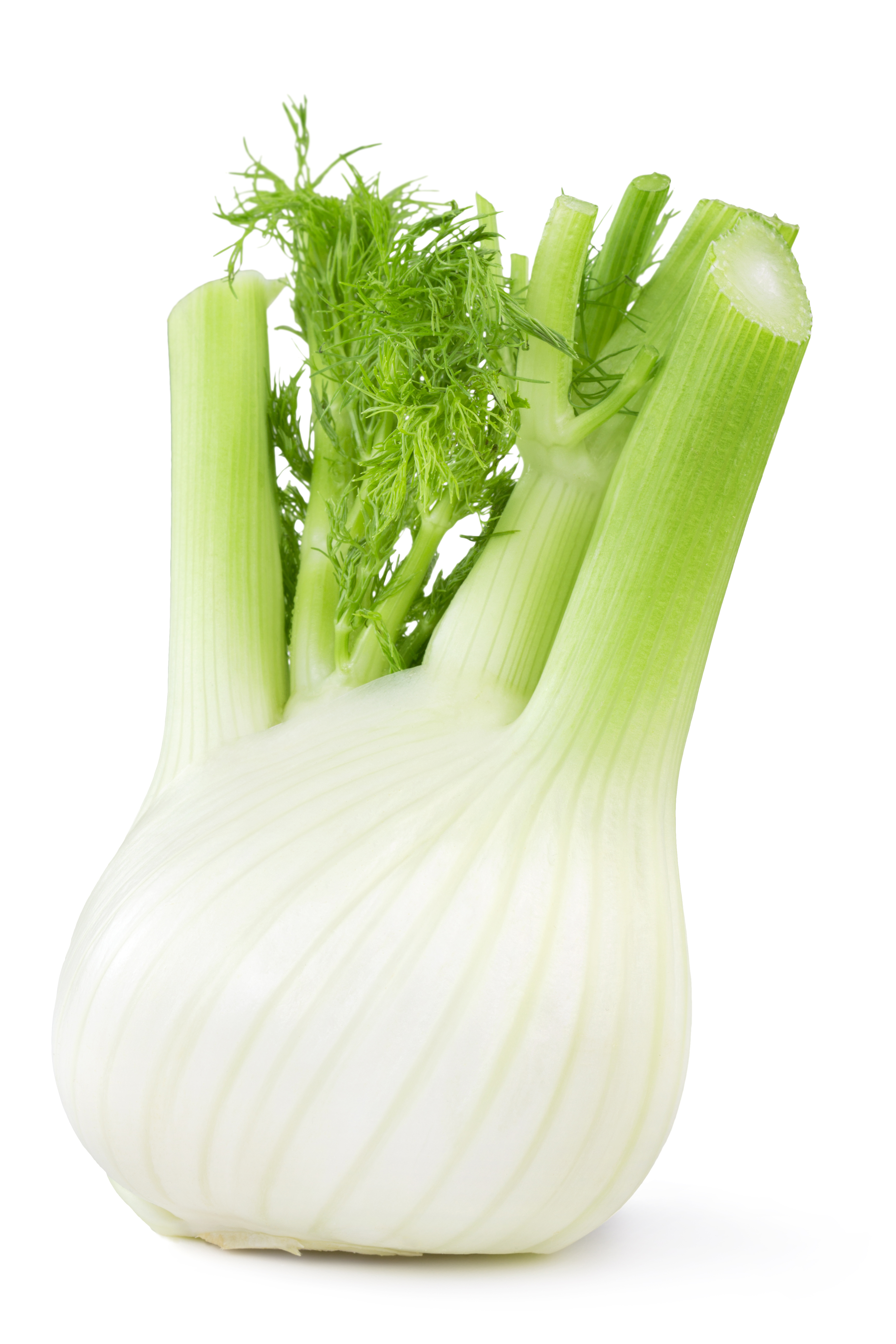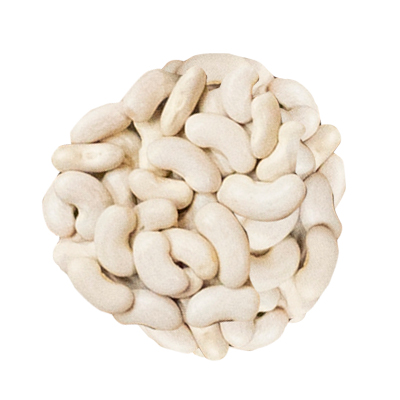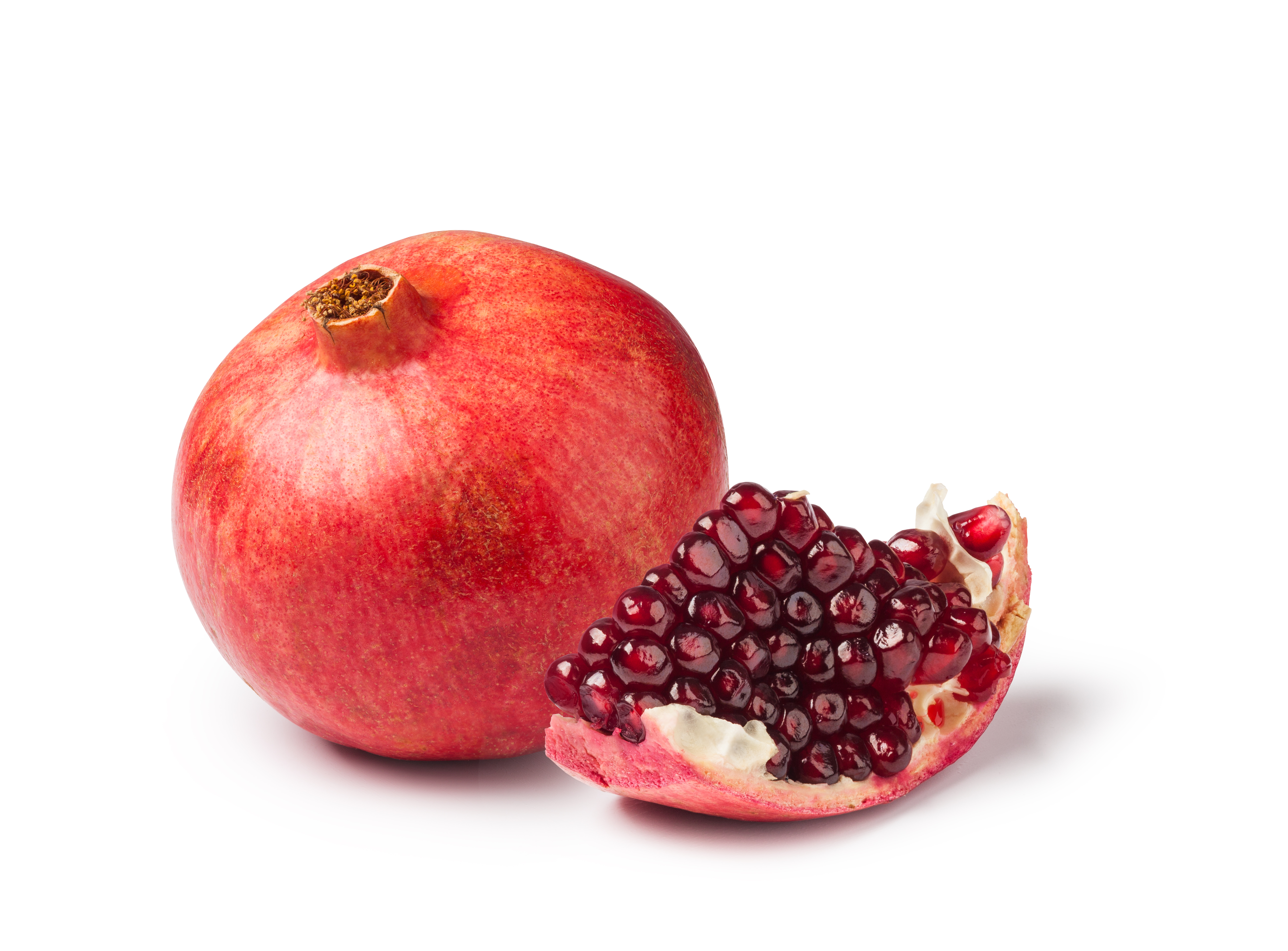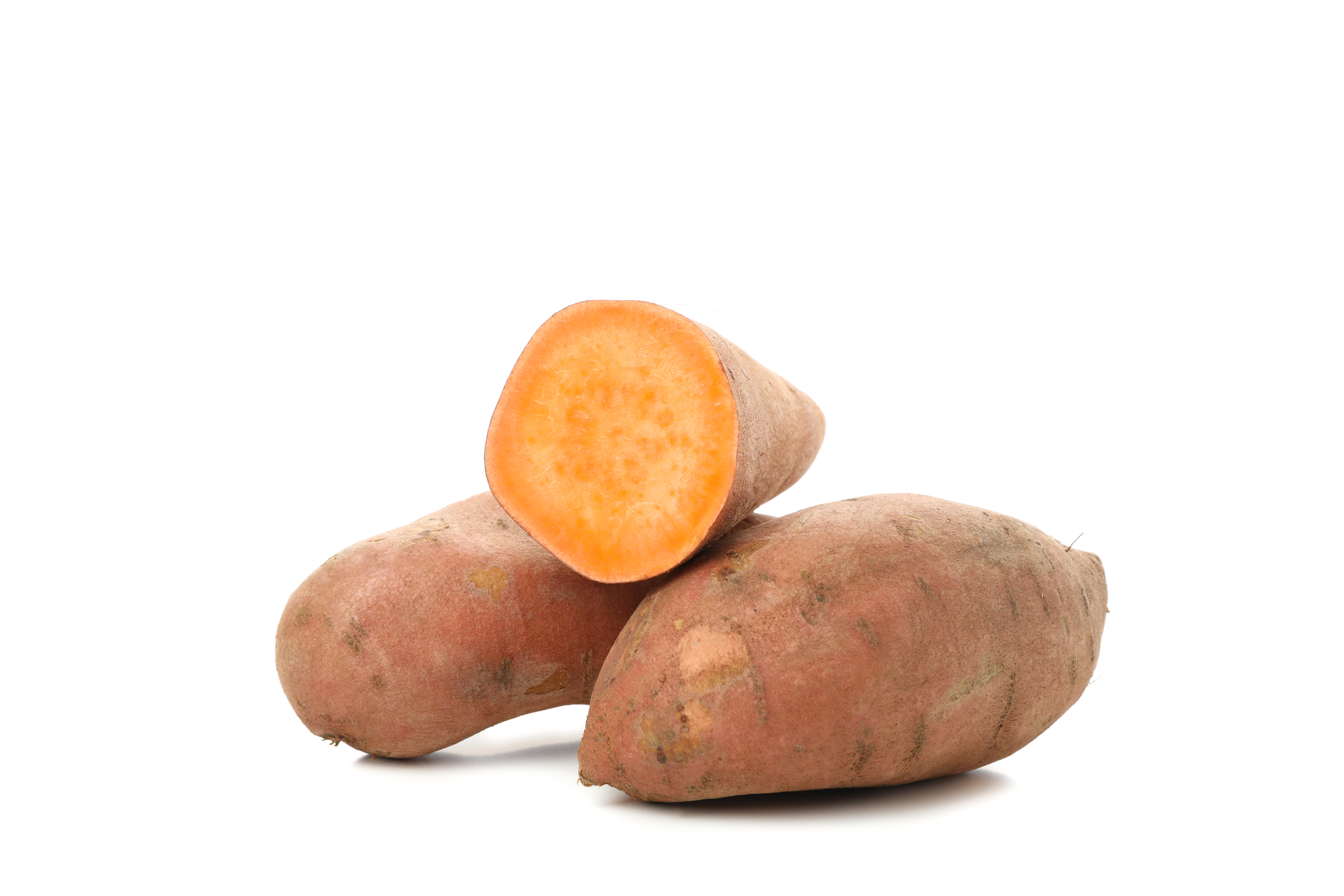Cauliflower
Cauliflower harvest time begins in October, and continues until the end of winter. And it’s a vegetable that divides the crowd into those who love it, and those who simply can’t stand the sight of it. It’s important to distinguish between similar types of vegetables, all members of the cabbage family: cauliflower, broccoflower, broccoli and Romanesco broccoli.
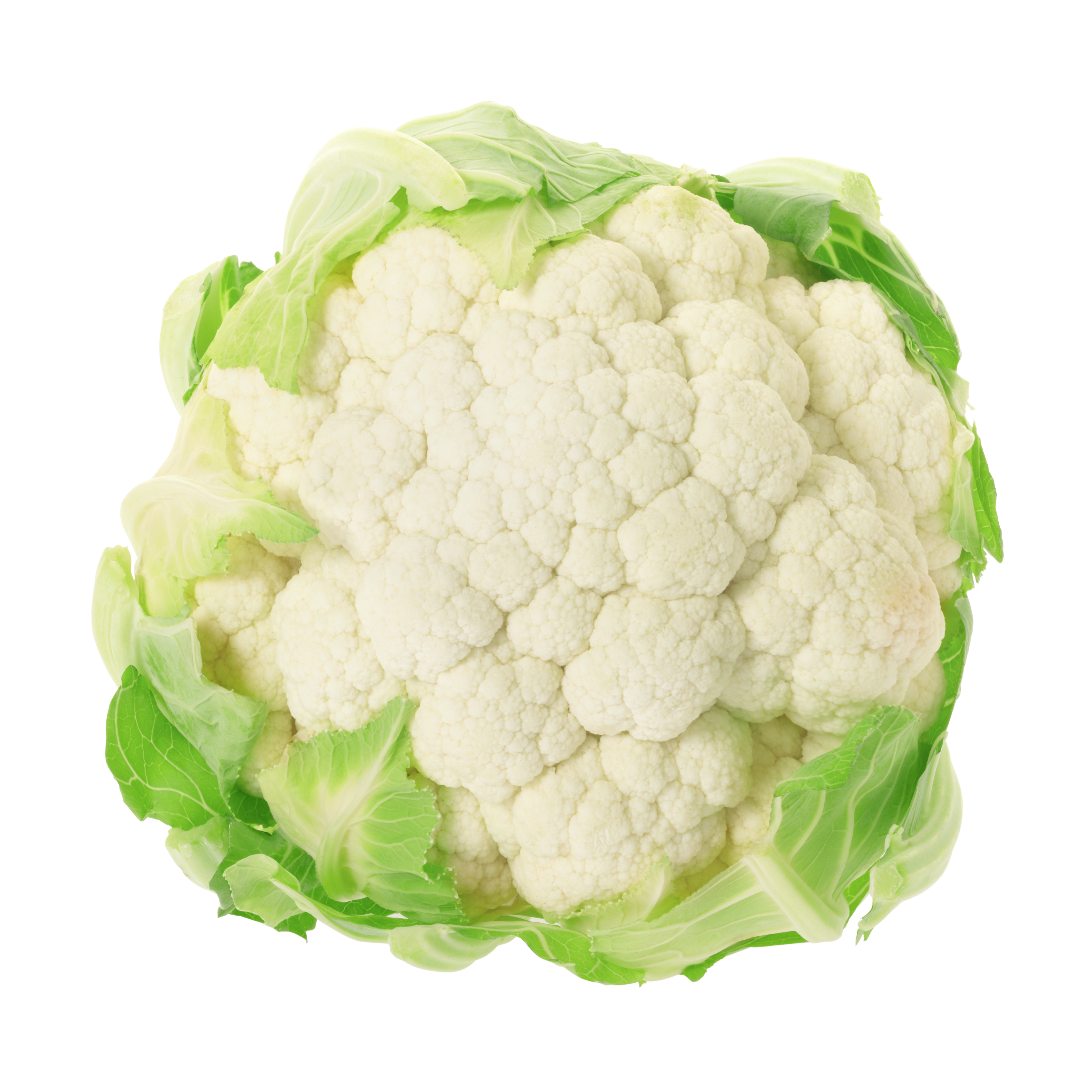
-
Cauliflower has excellent nutritional benefits, and is inexpensive when in season. It’s low in carbohydrates, proteins and fats, and like most vegetables has a high water (90%) and vitamin content (primarily C and B group vitamins).
Eating cauliflower helps to prevent certain forms of cancer, to regulate and maintain the defences of the digestive system, and to prevent the appearance of diseases related to the digestive system.
-
First of all, make sure you choose a young cauliflower. If it has brown marks, the florets are separated and it’s slightly soft, this means that it’s not so fresh. There are many ways of cooking cauliflower (in purées, roasted in the oven, as cauliflower rice, etc.), but do remember that many of its nutritional properties are lost when it's cooked in water for a long time.
-
When cauliflower is really fresh and crunchy, small florets can be added to salads, and when riced, it can stand in for couscous when mixed with a selection of vegetables. Steamed or au gratin with a good béchamel sauce and cheese, there are all sorts of possibilities (combining with other vegetables, stale bread, fresh/ wild herbs), and when it’s no longer quite so fresh, or you’re left with the stems, it can still be used to make a variety of soups: with potato skins, onions, garlic, thyme, stock and light cream for example, or try a more sophisticated one with celery stalks, shallots and lemon zest.
The stem can also be eaten raw. Trim and add to a salad, cut into crudités, or finely slice to make a carpaccio. The most tender leaves of the cauliflower can be boiled together with the rest of it.



